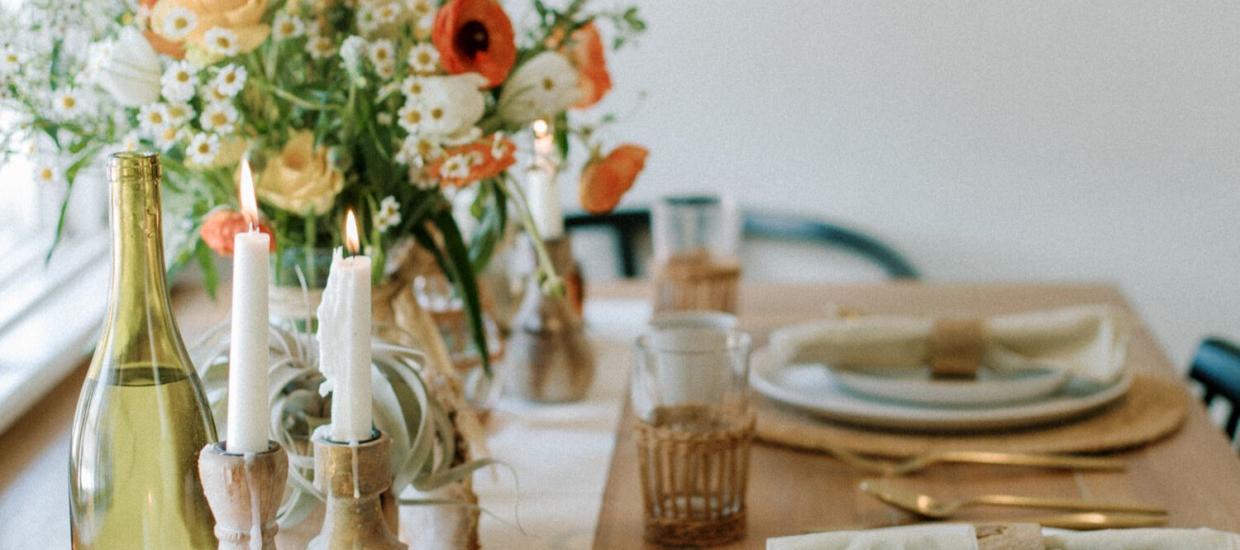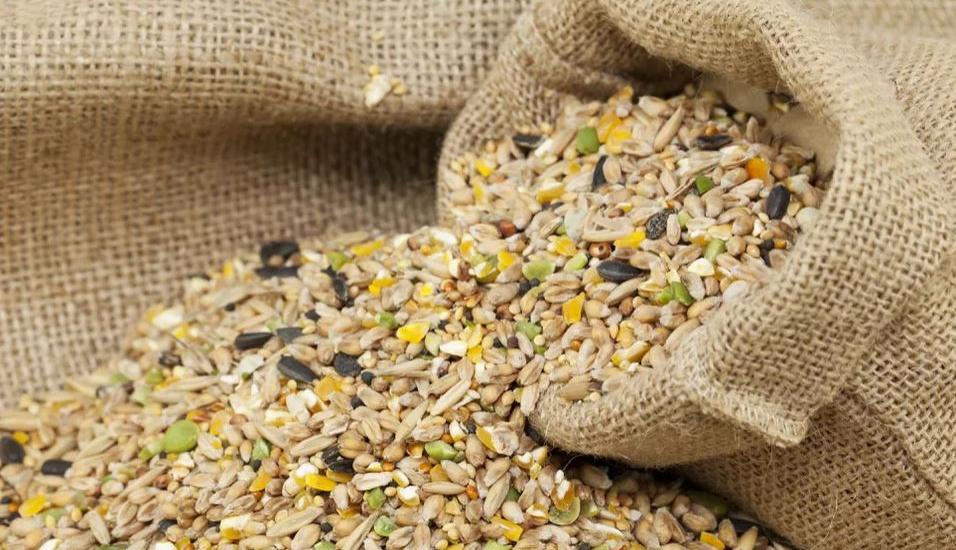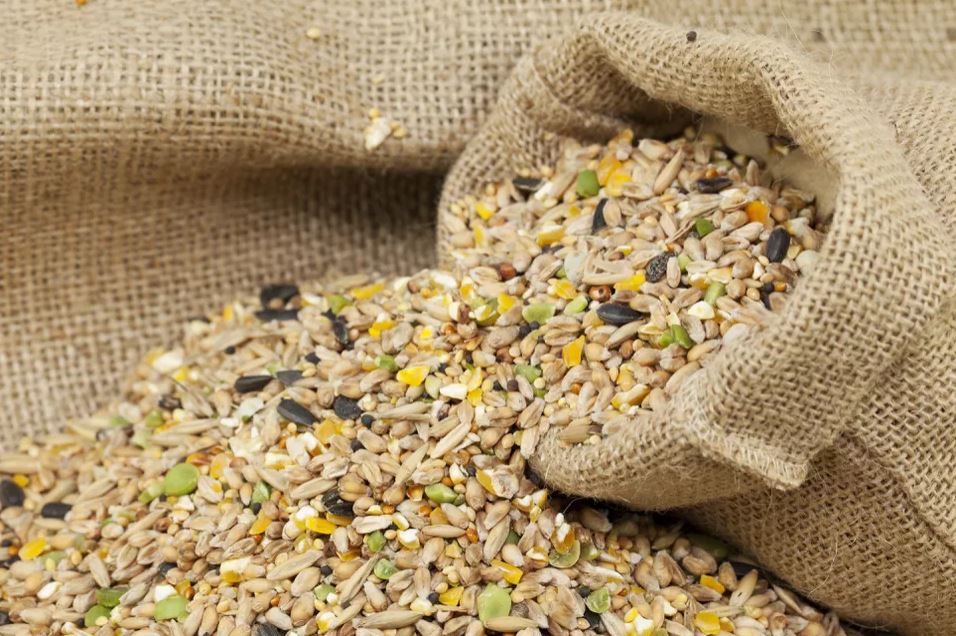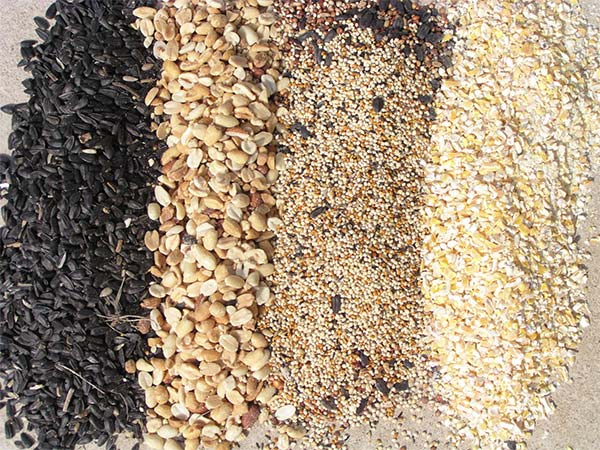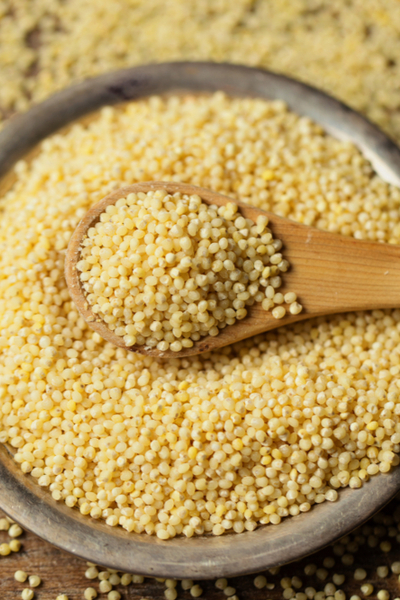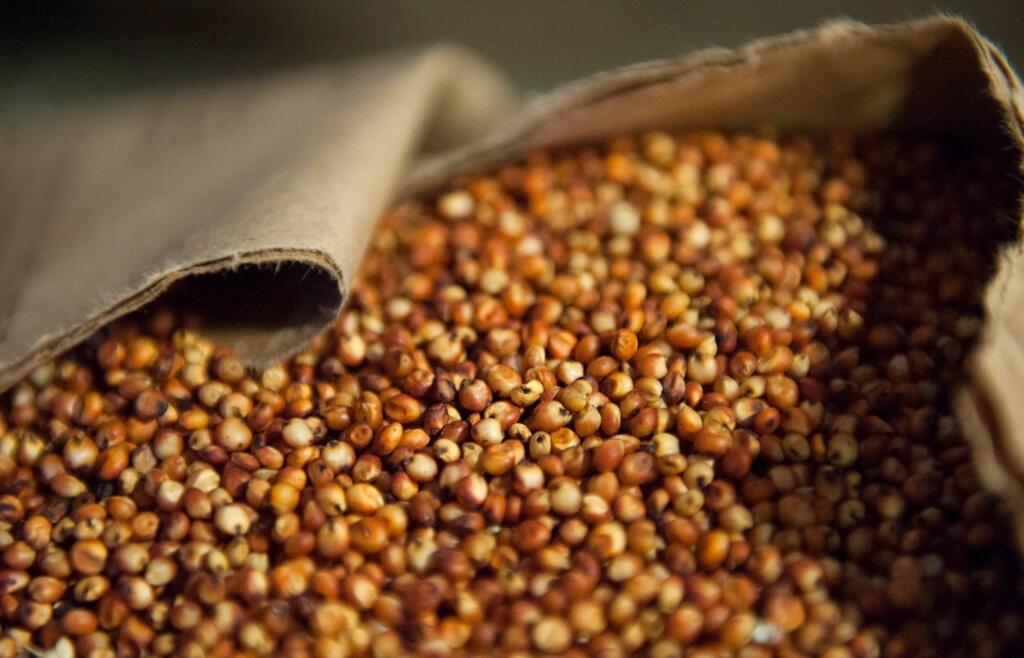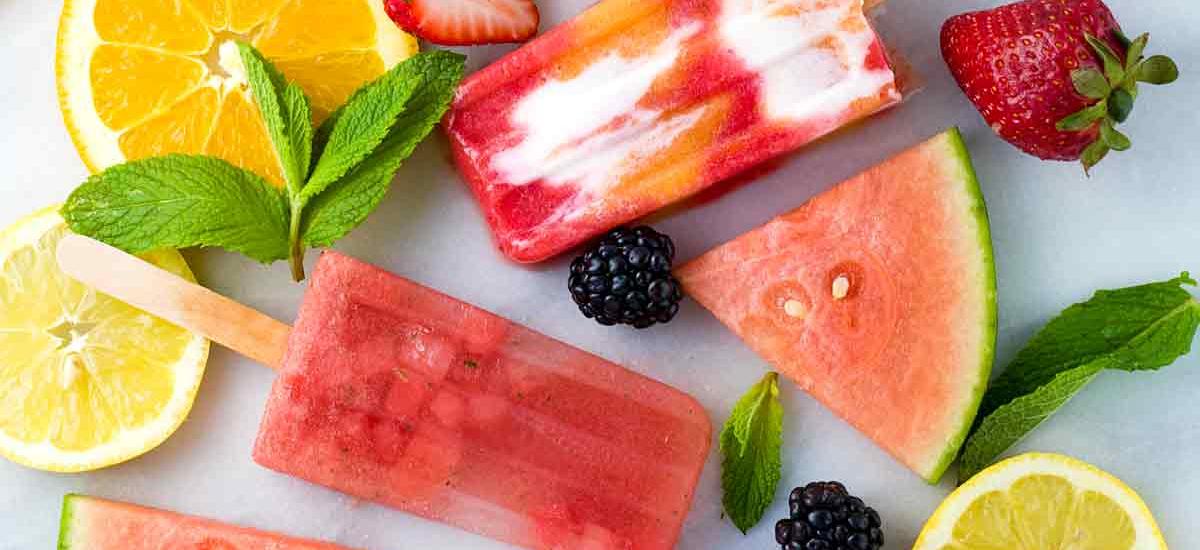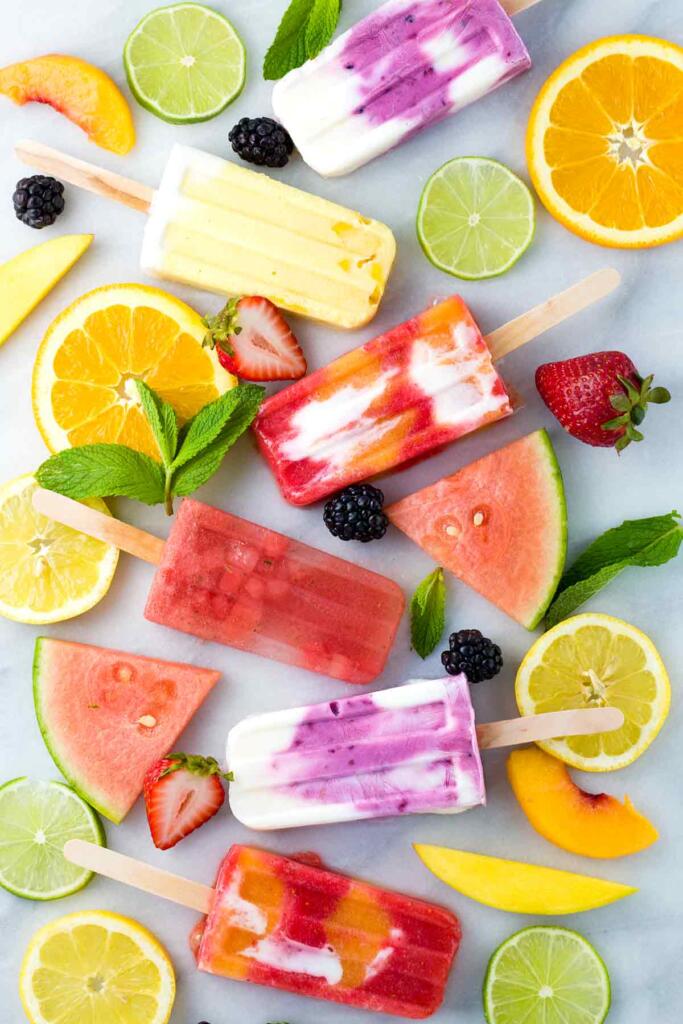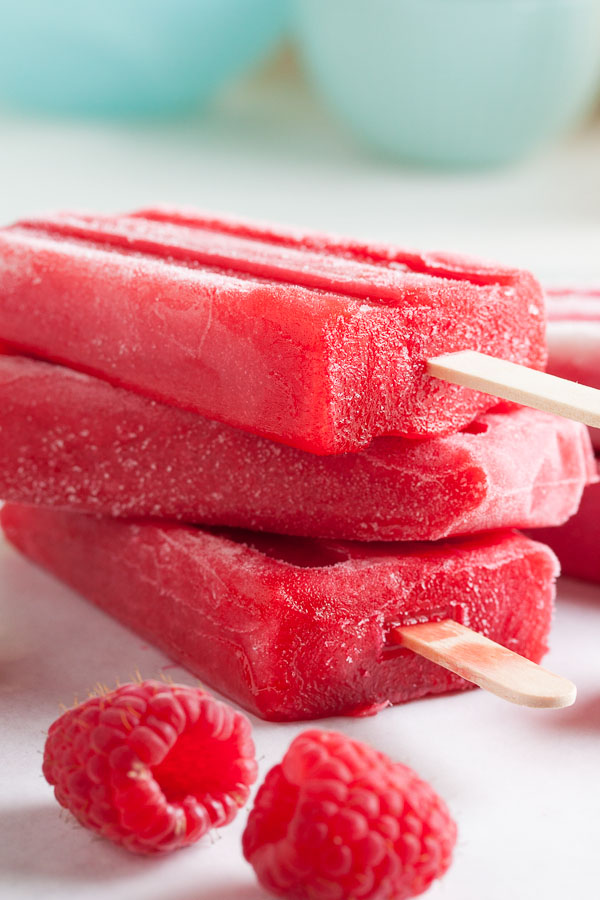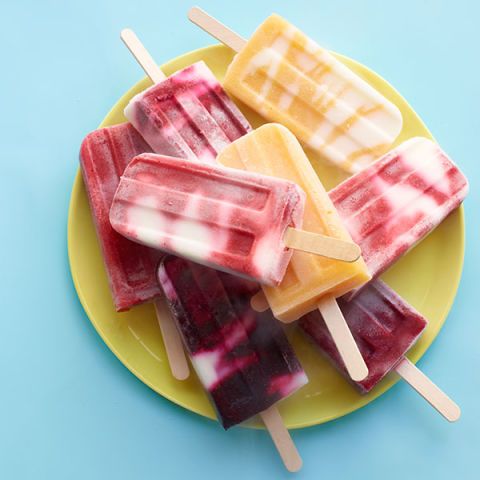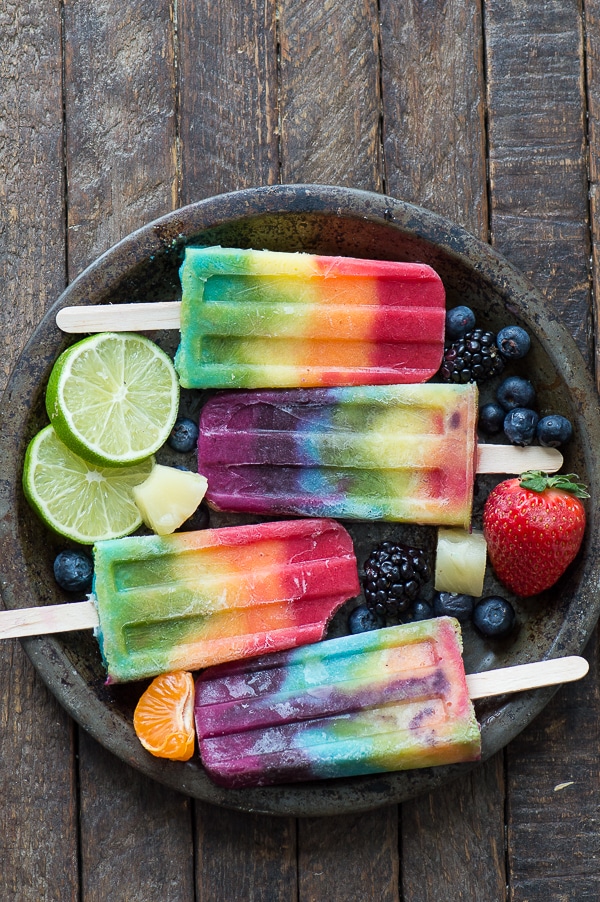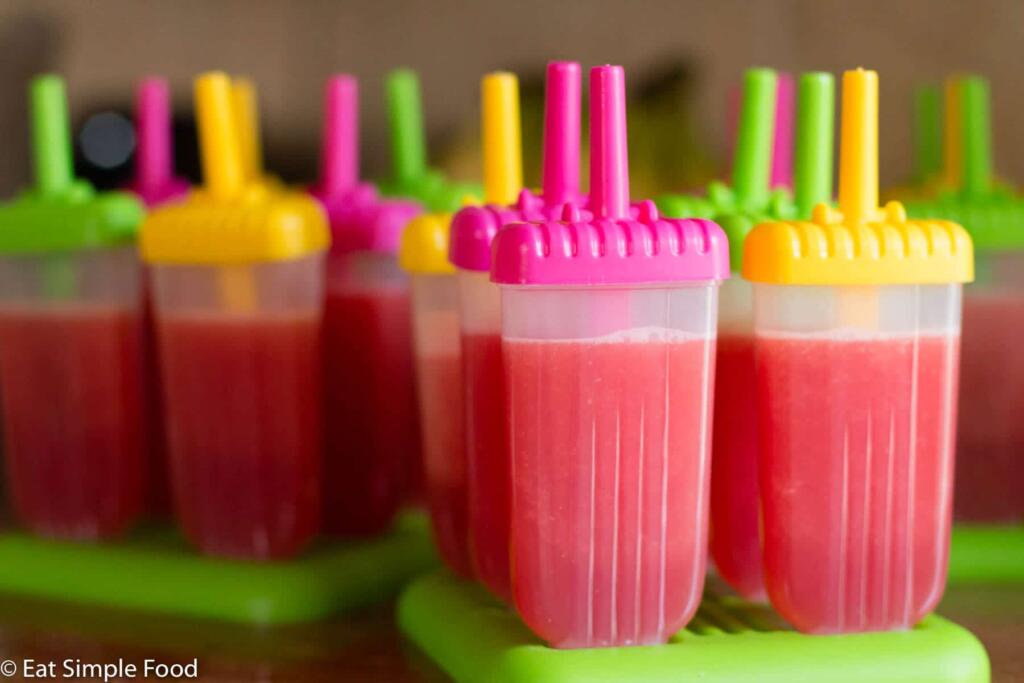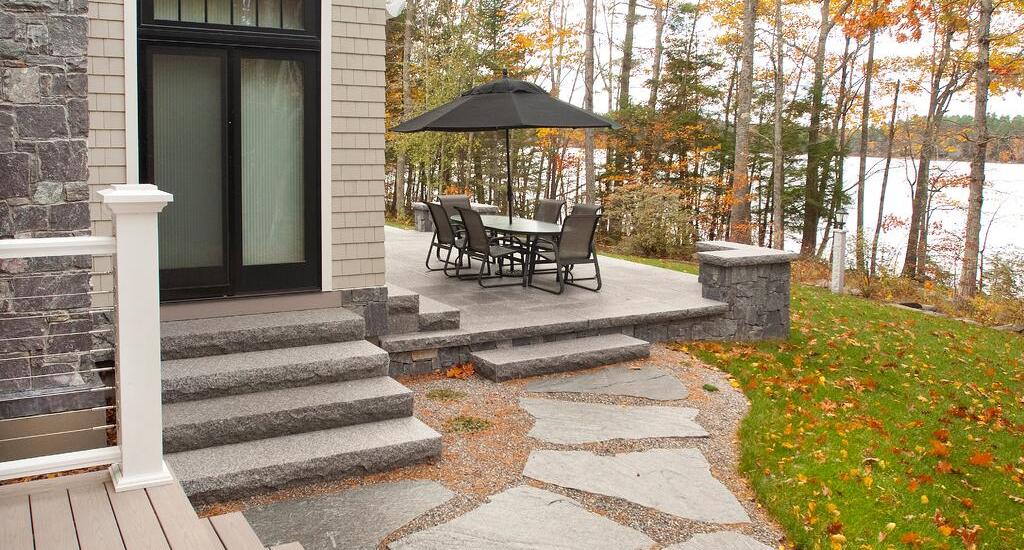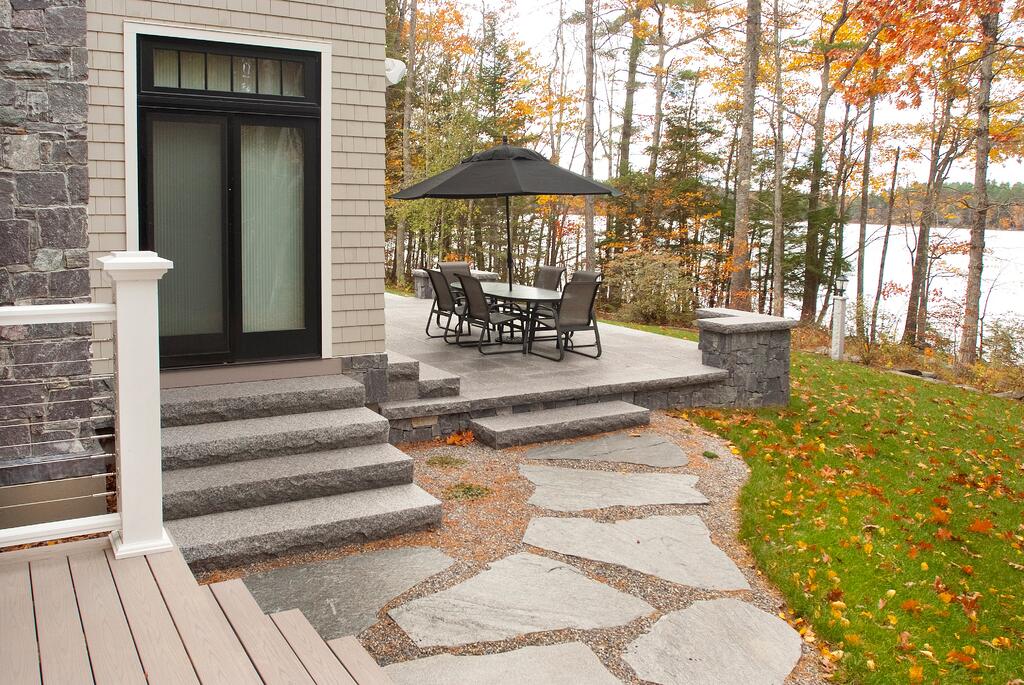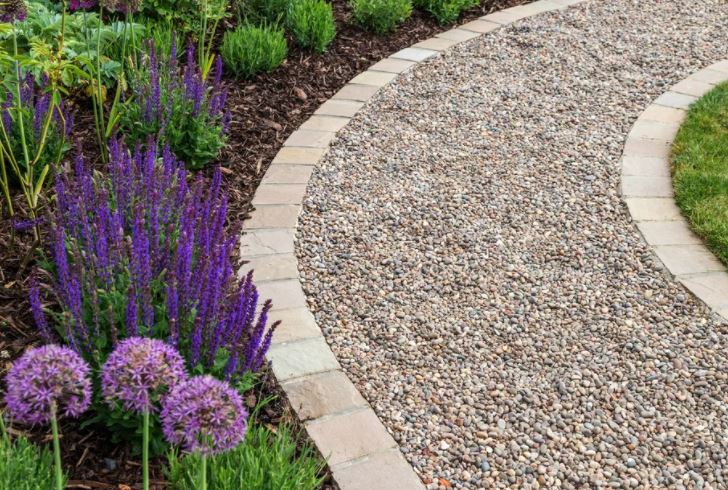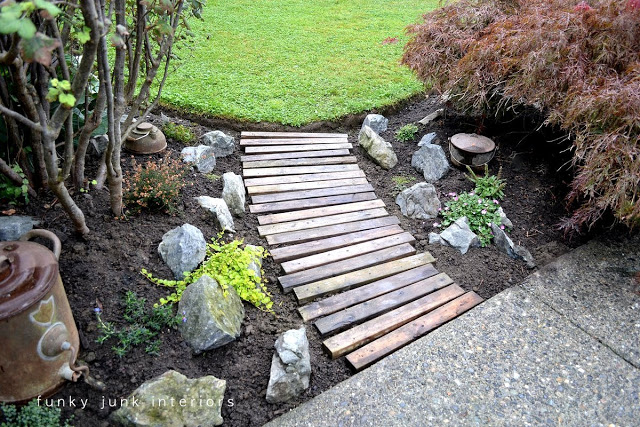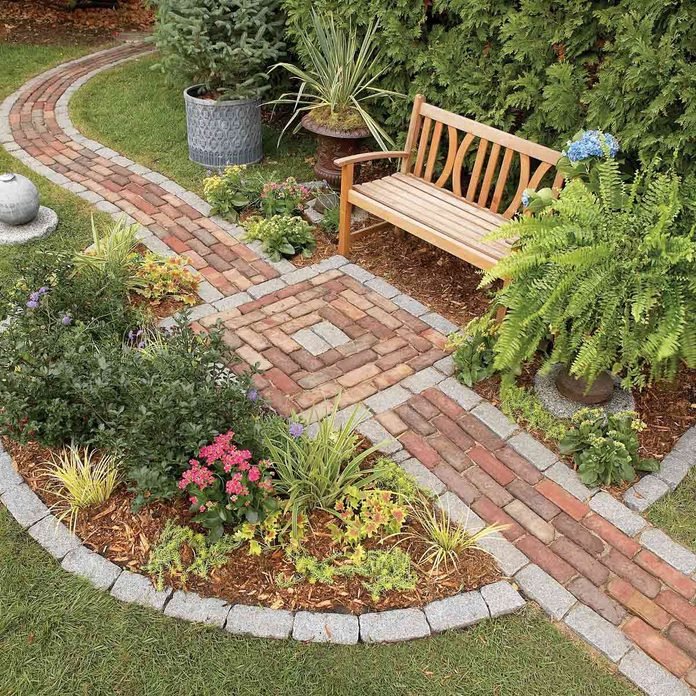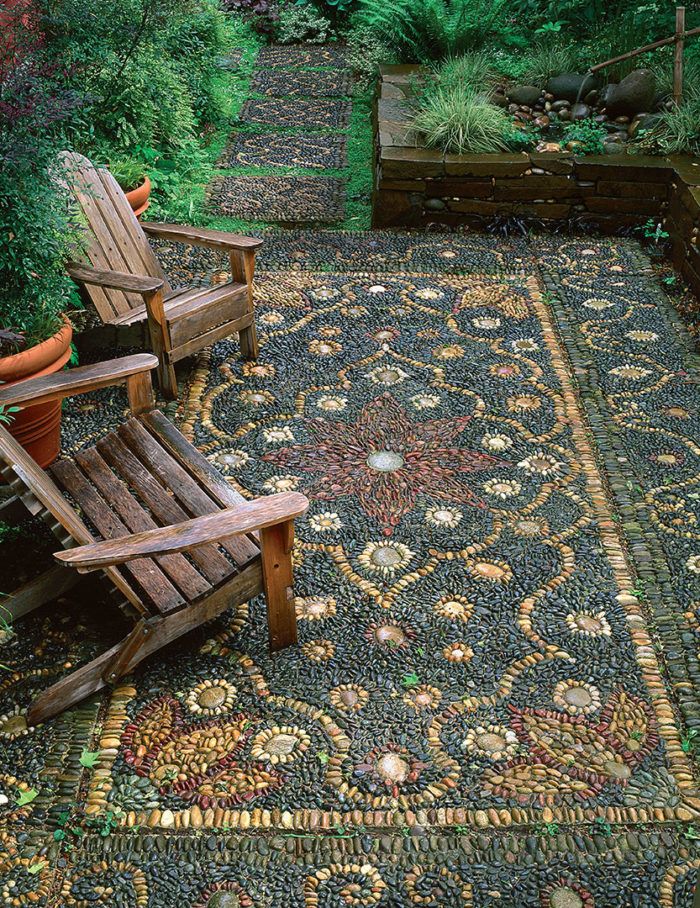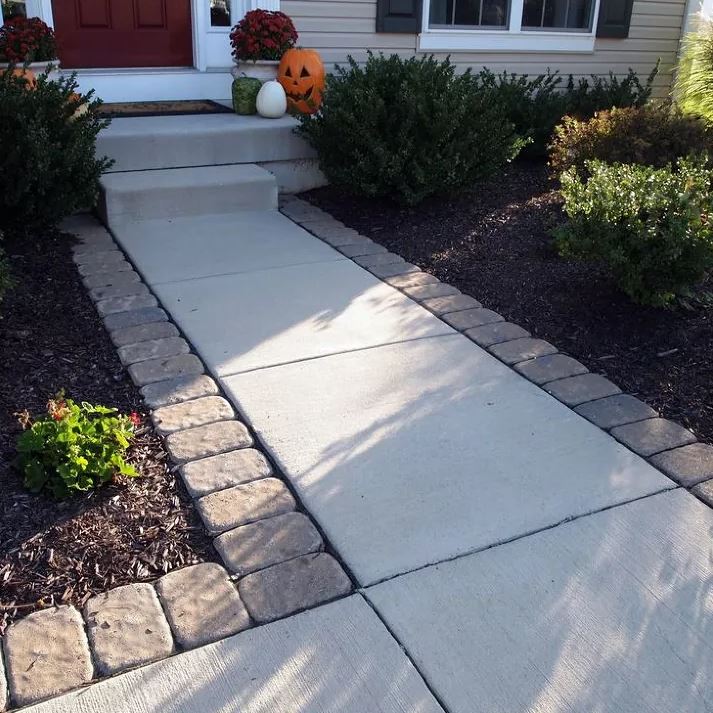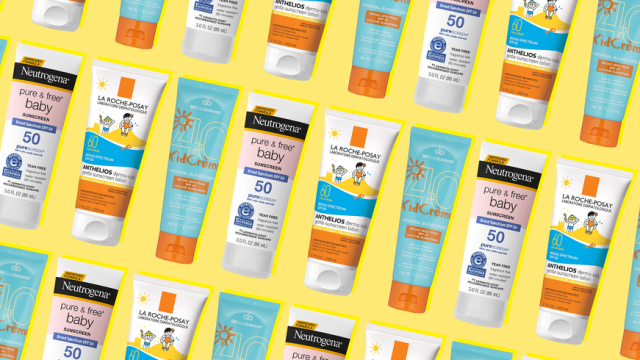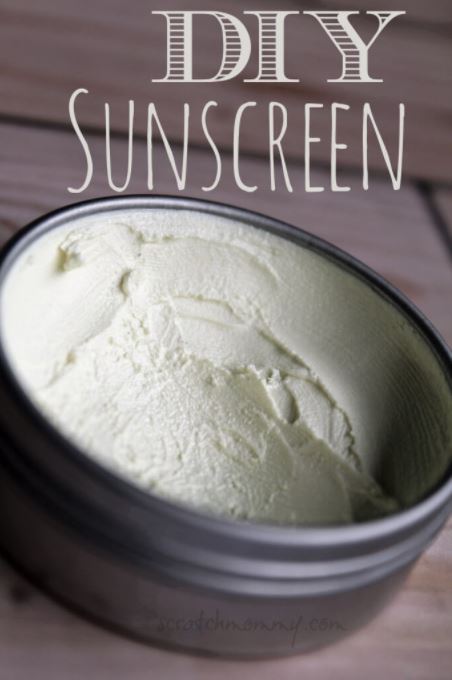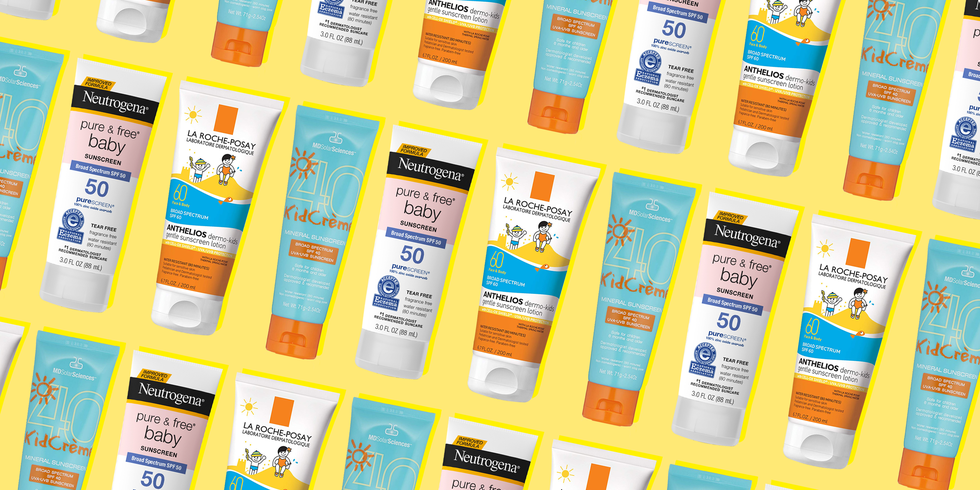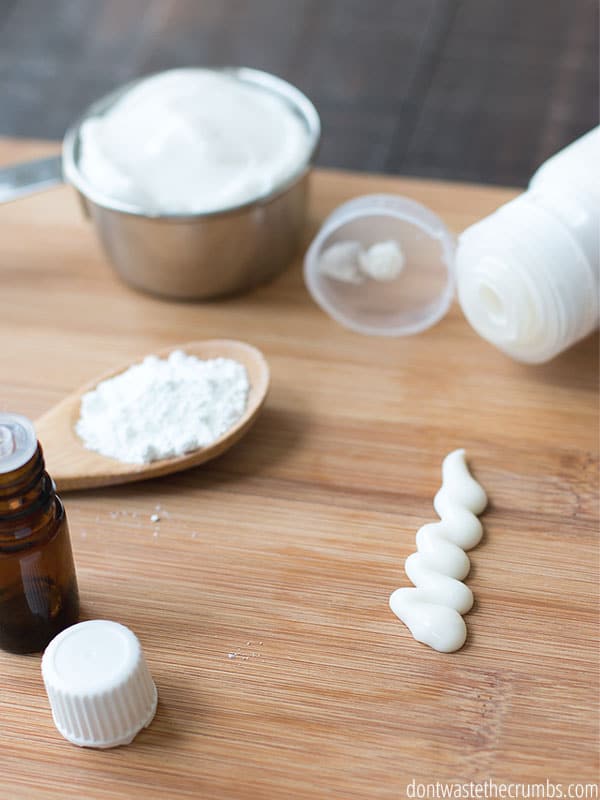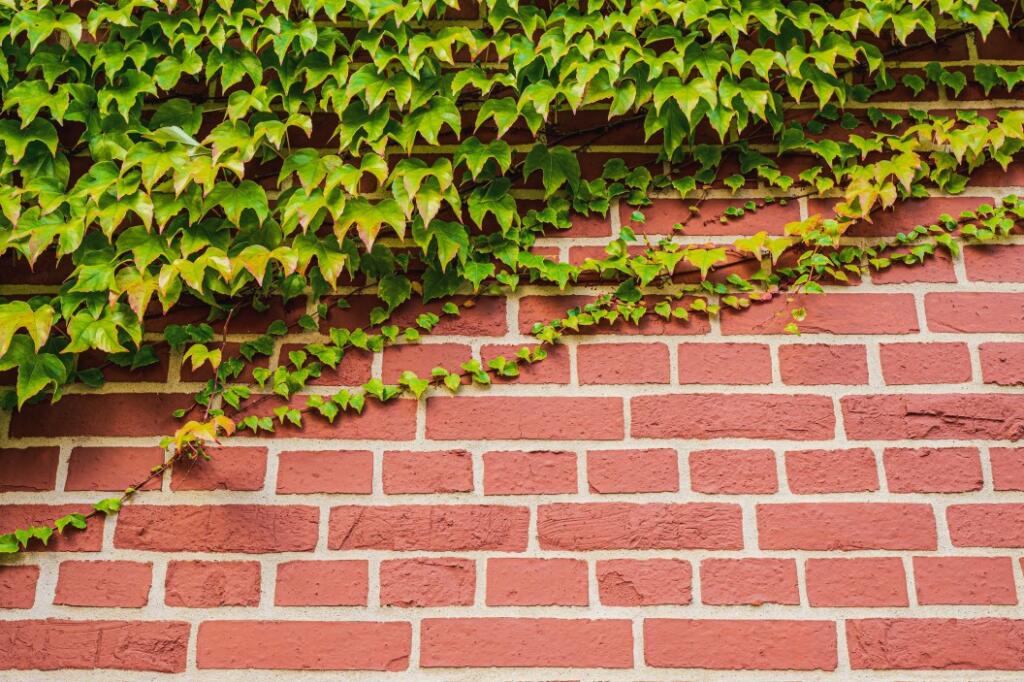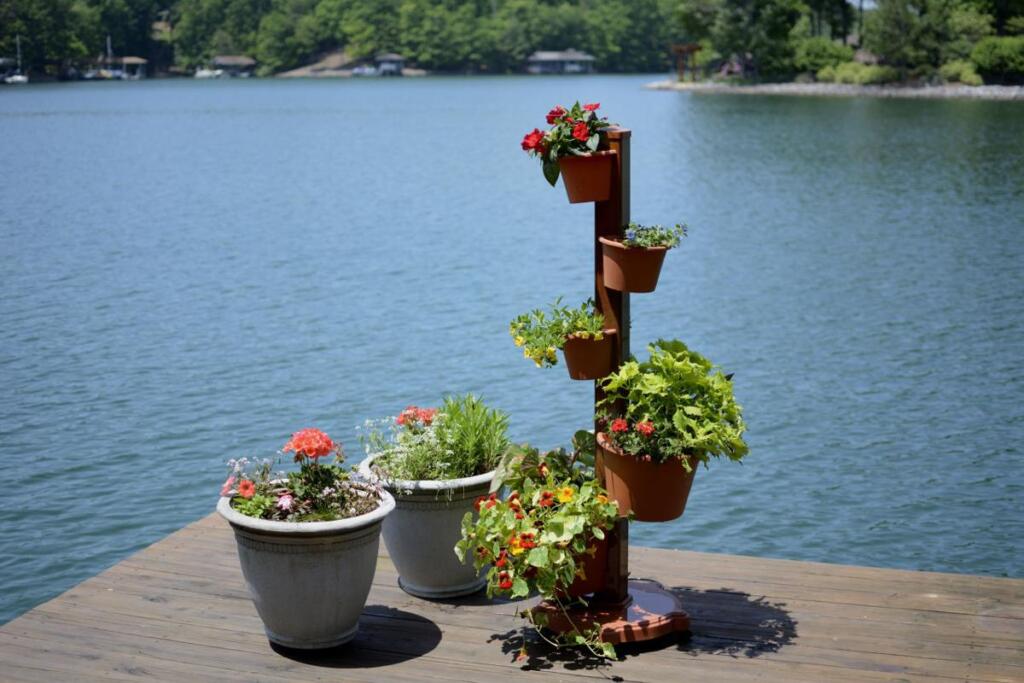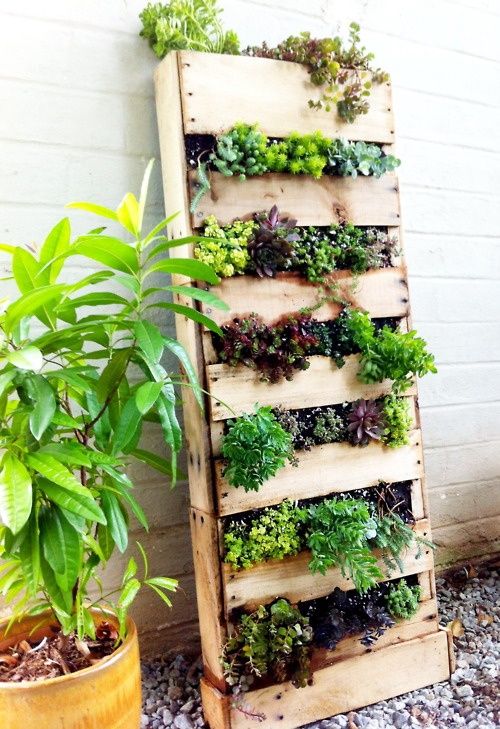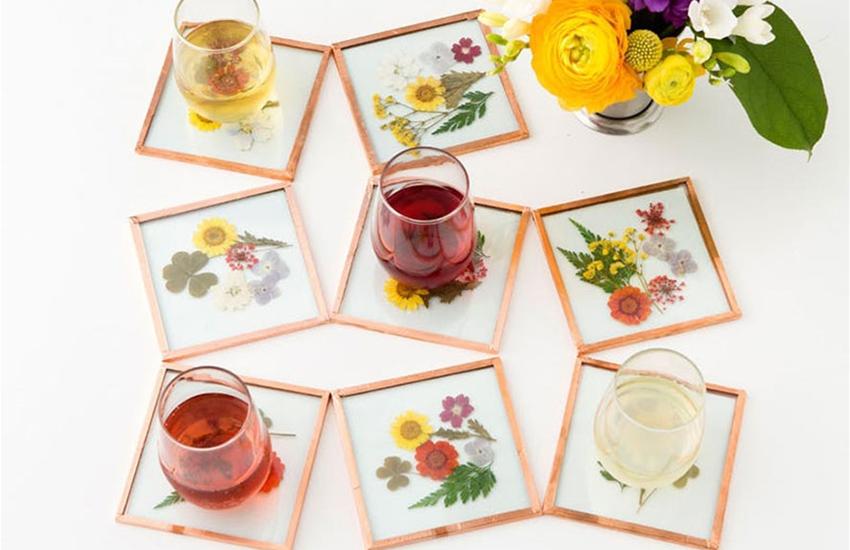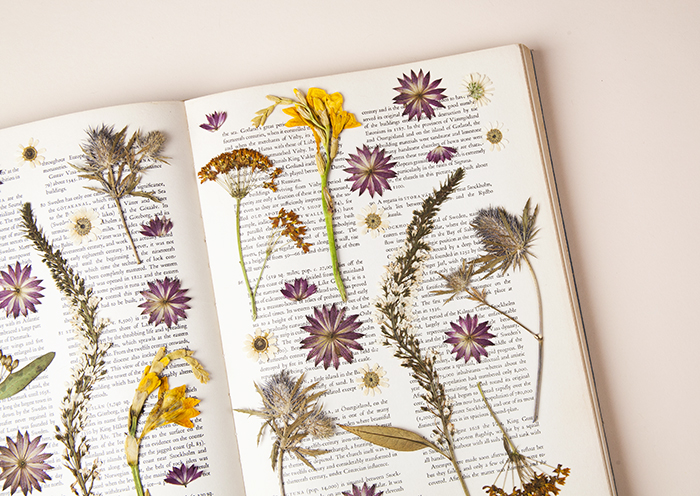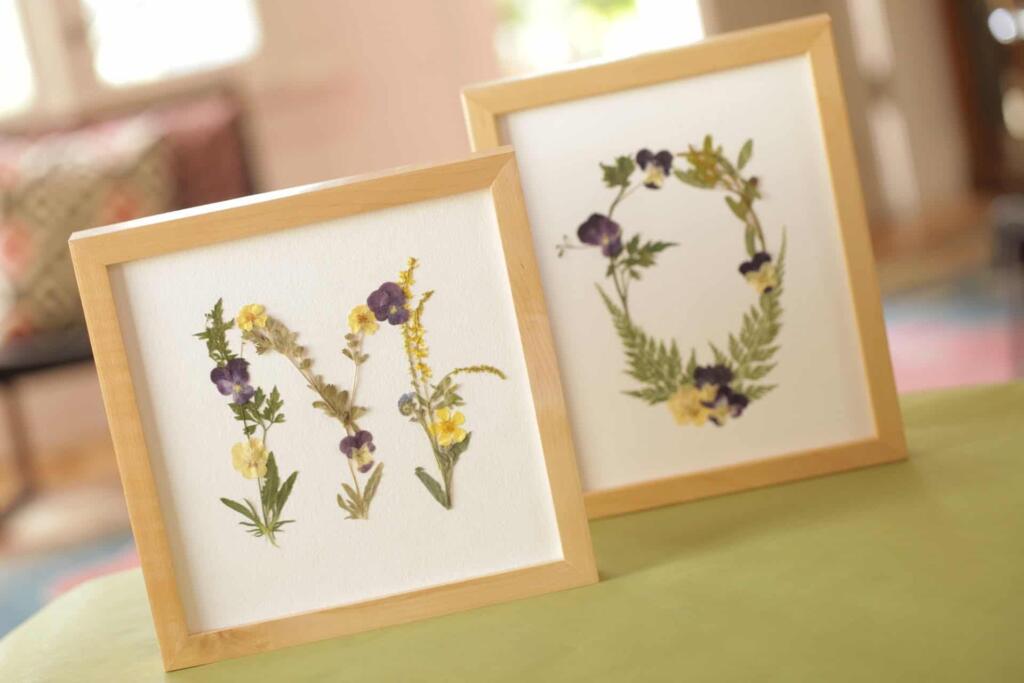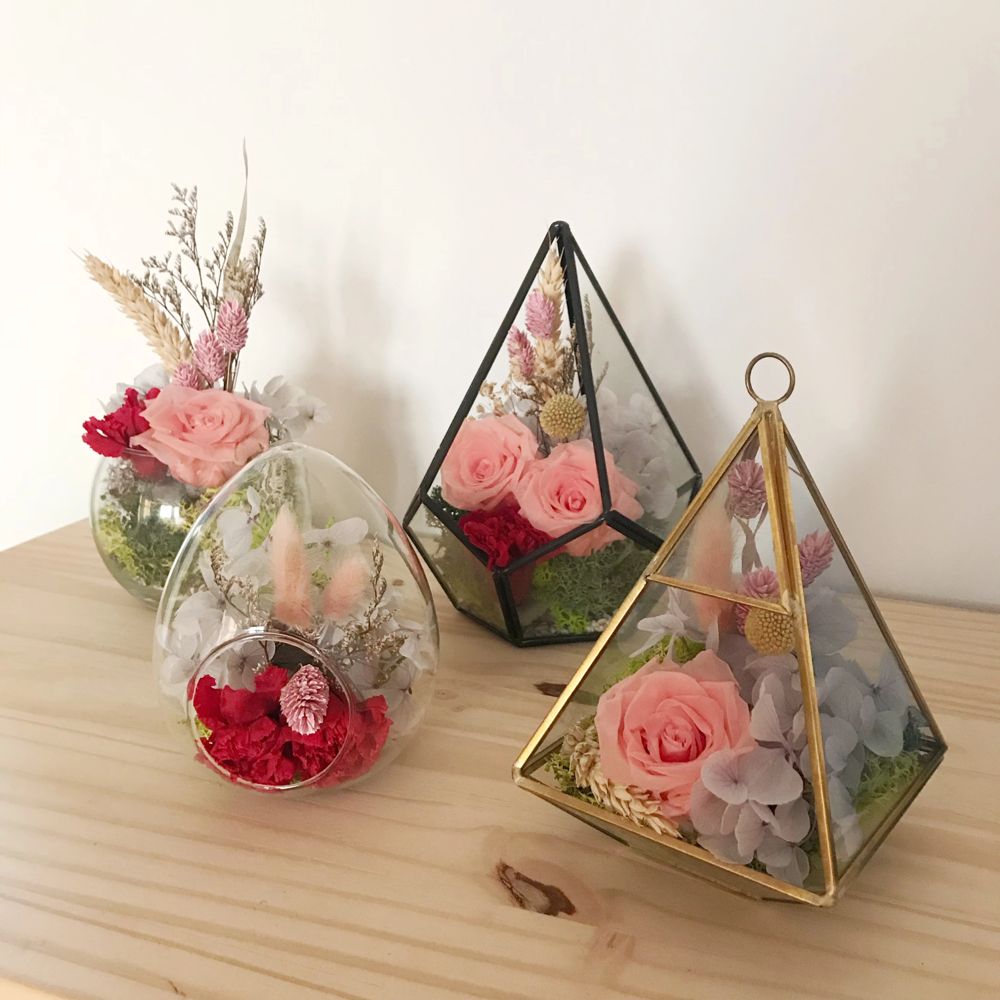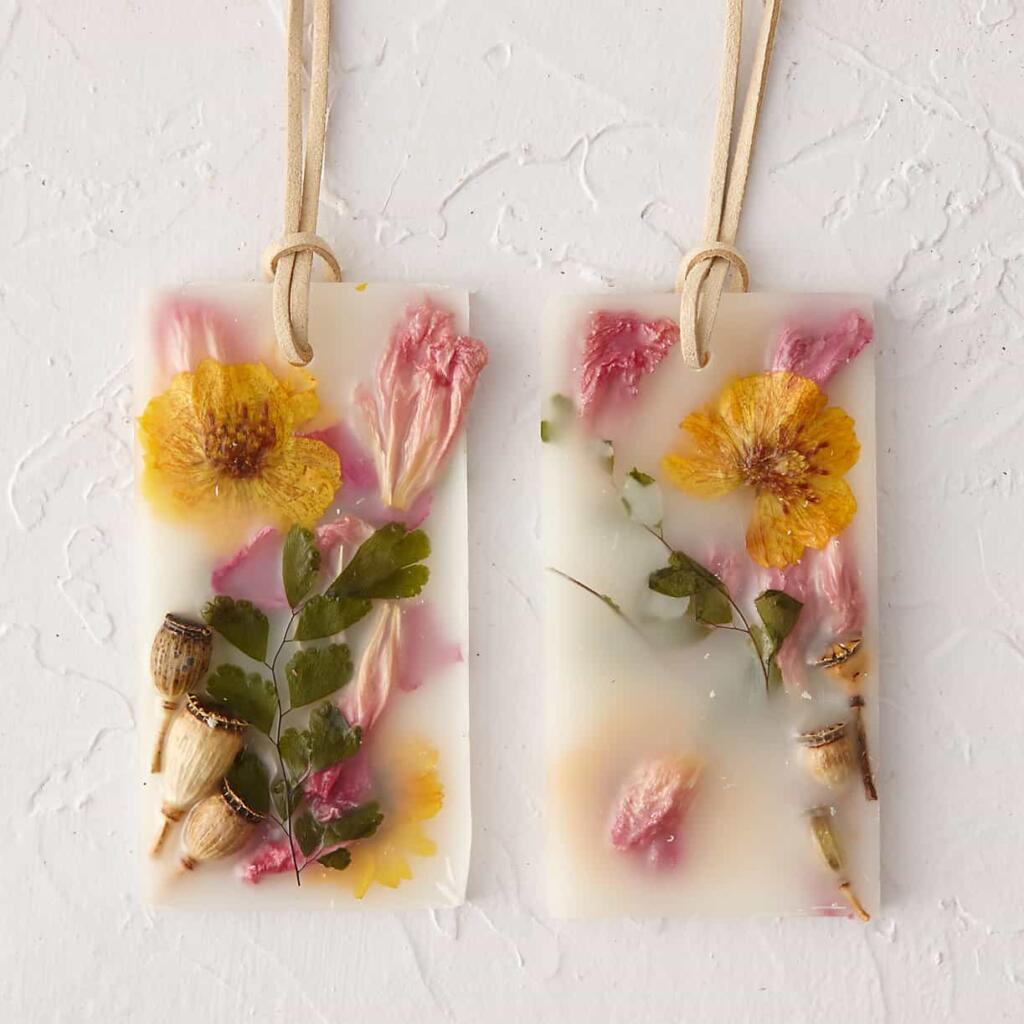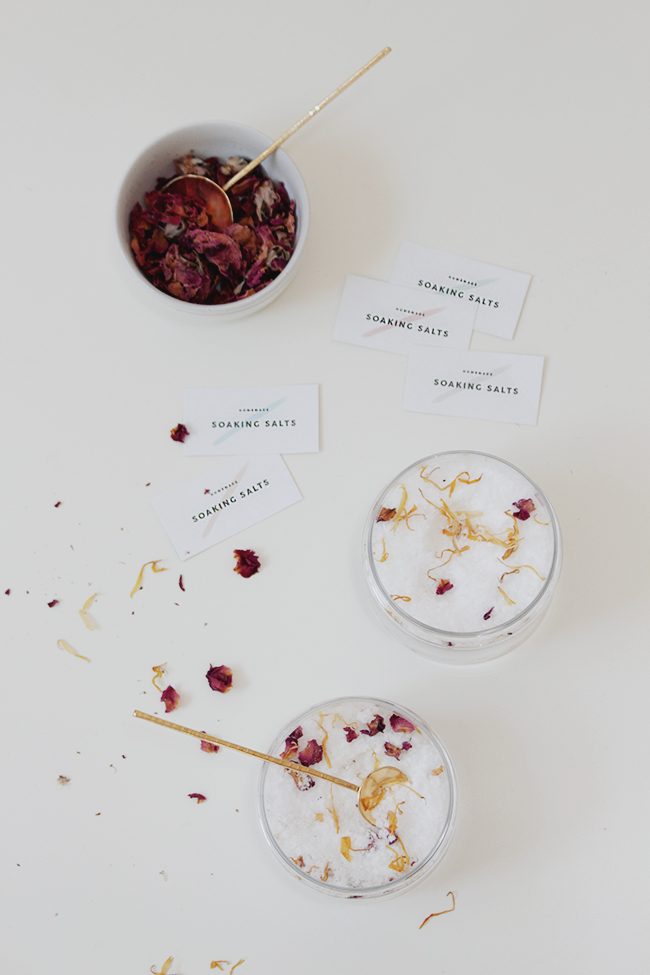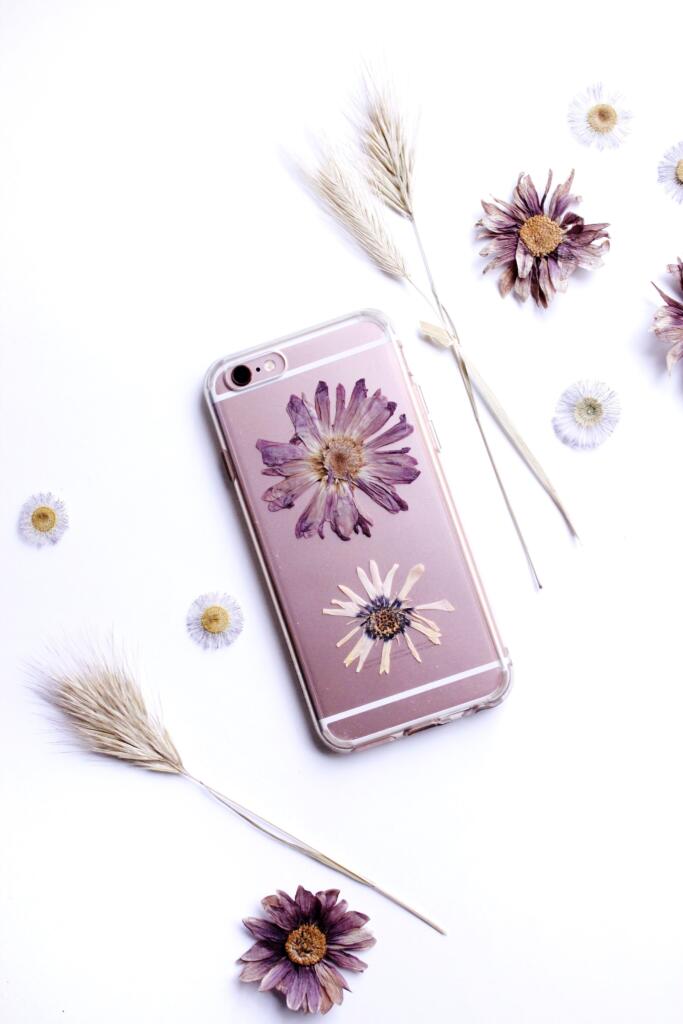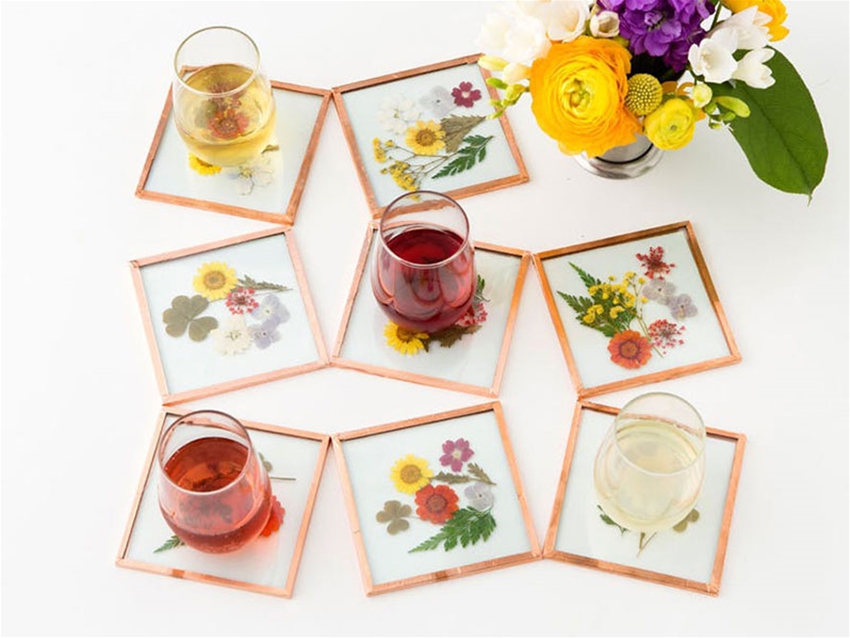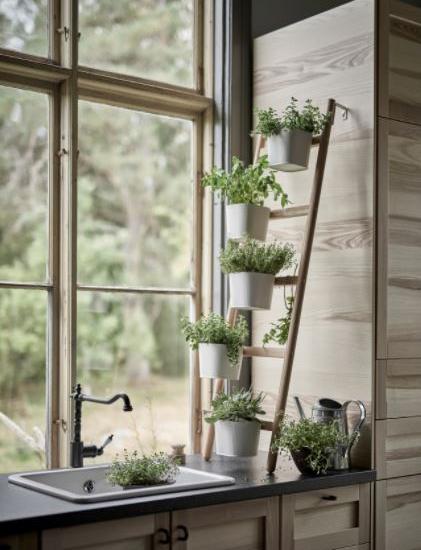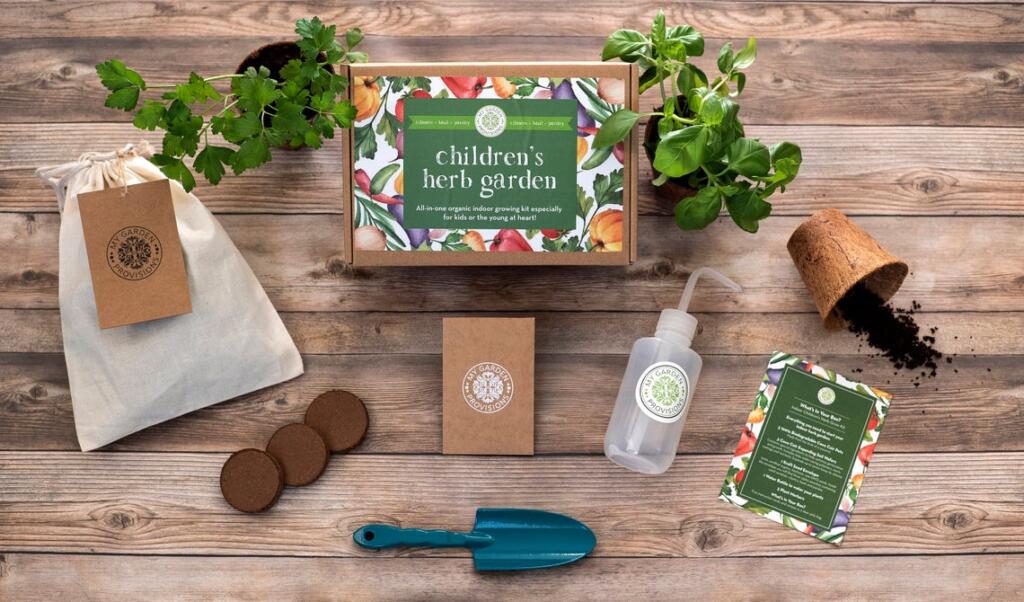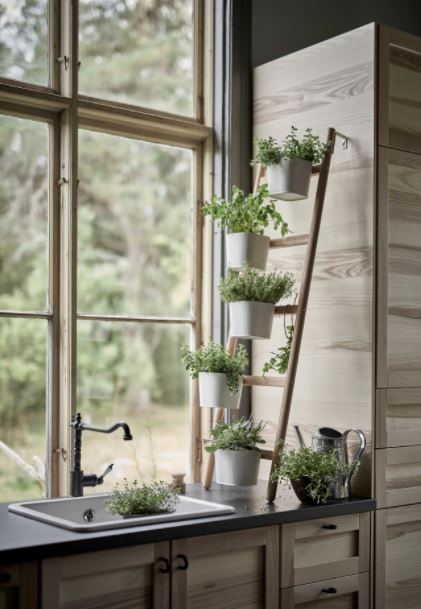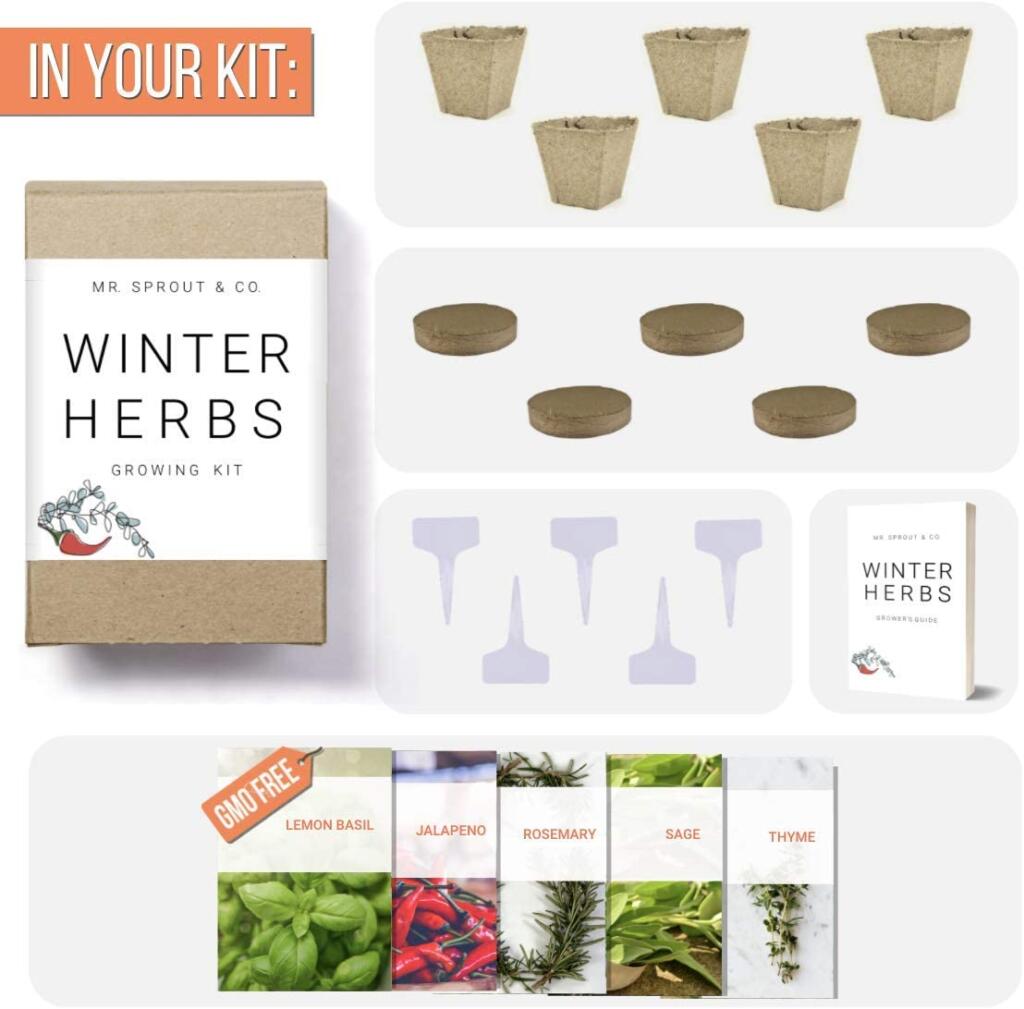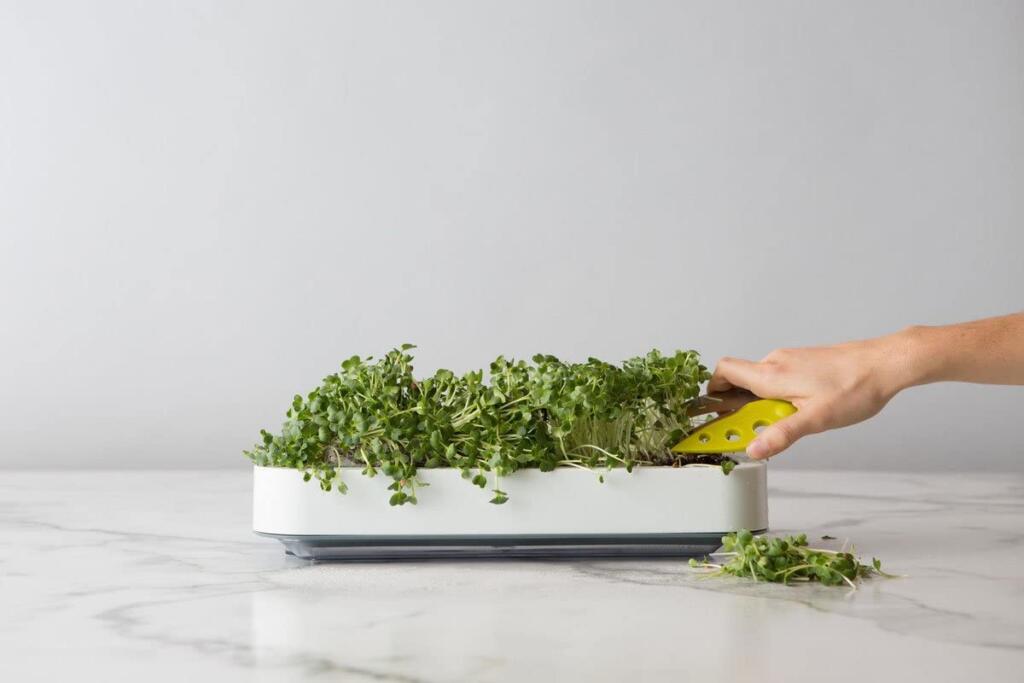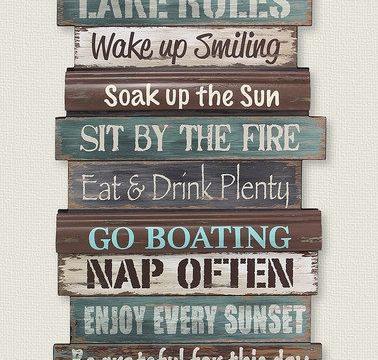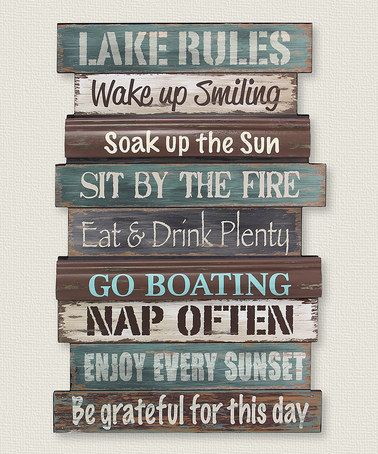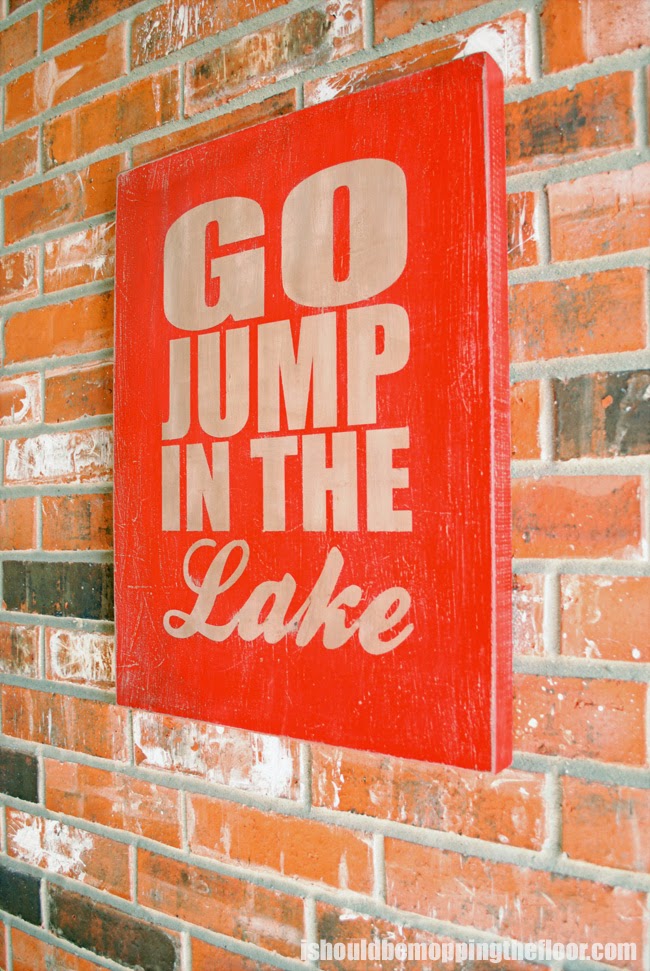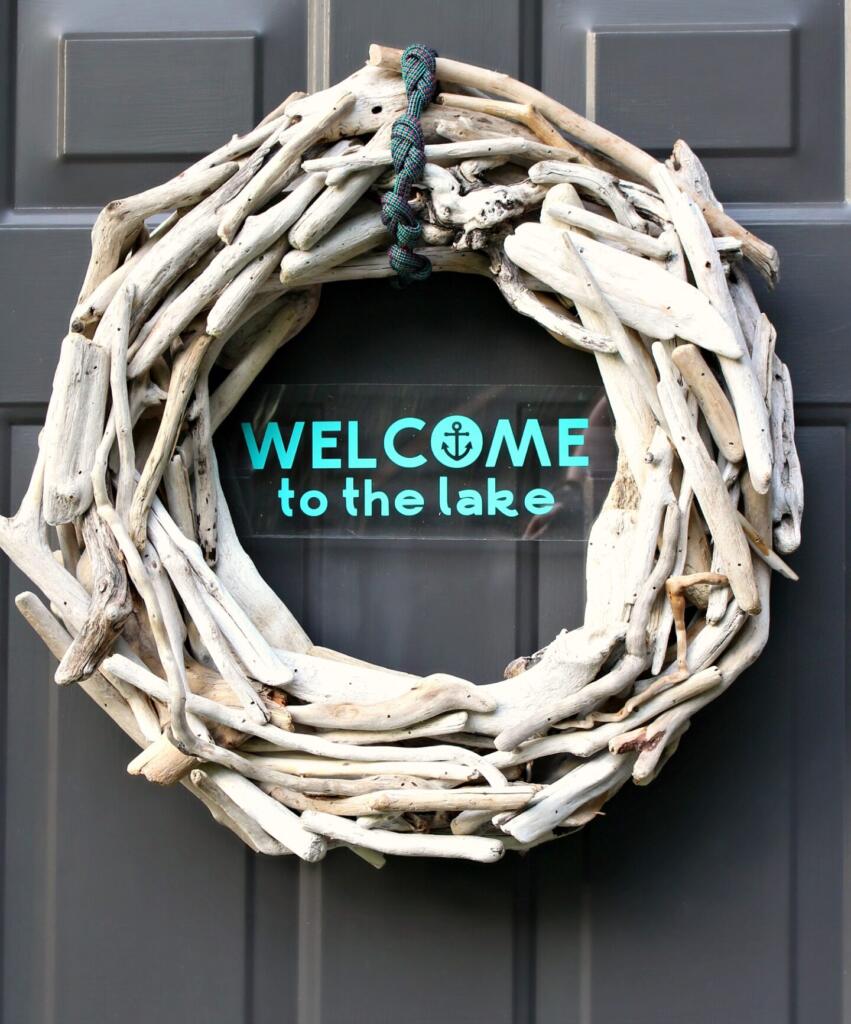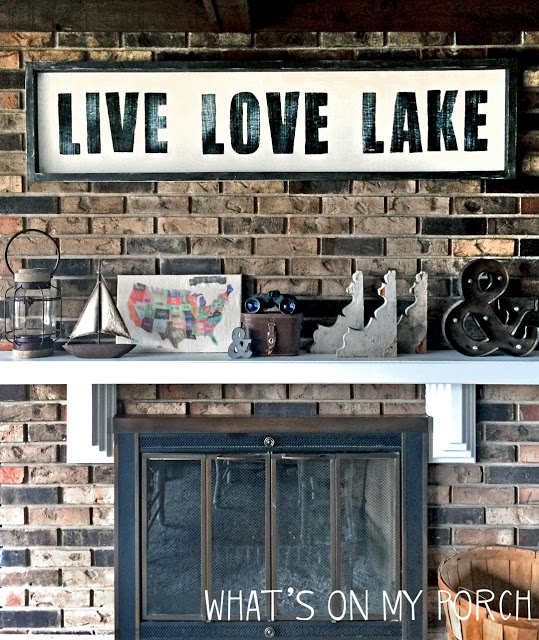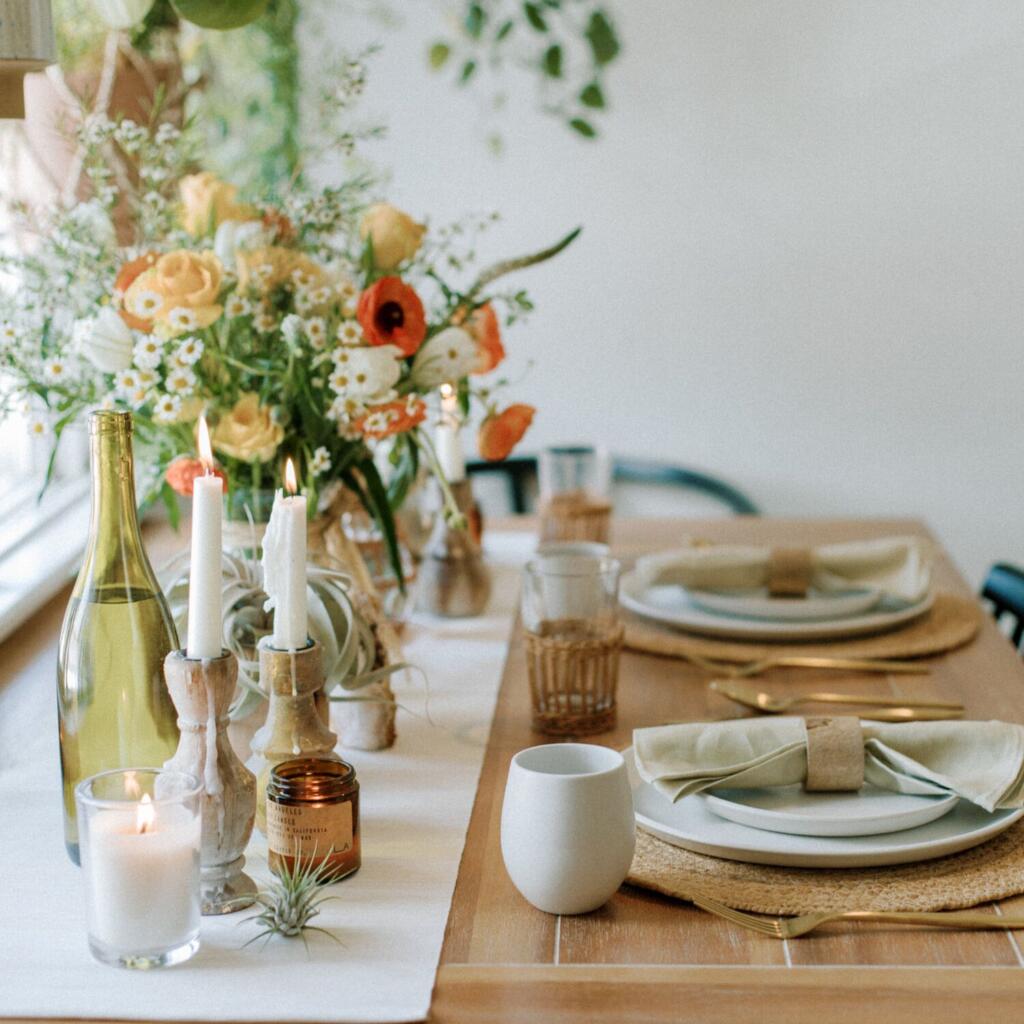
When hosting guests at your lake house, creating a beautiful centerpiece can do wonders for your space. But instead of buying an expensive decoration, you can easily create a DIY centerpiece that shows off your creativity and personal style. If you’re seeking ideas for a sophisticated dining table aesthetic, we’ve got you covered.
The Tin Can Succulents
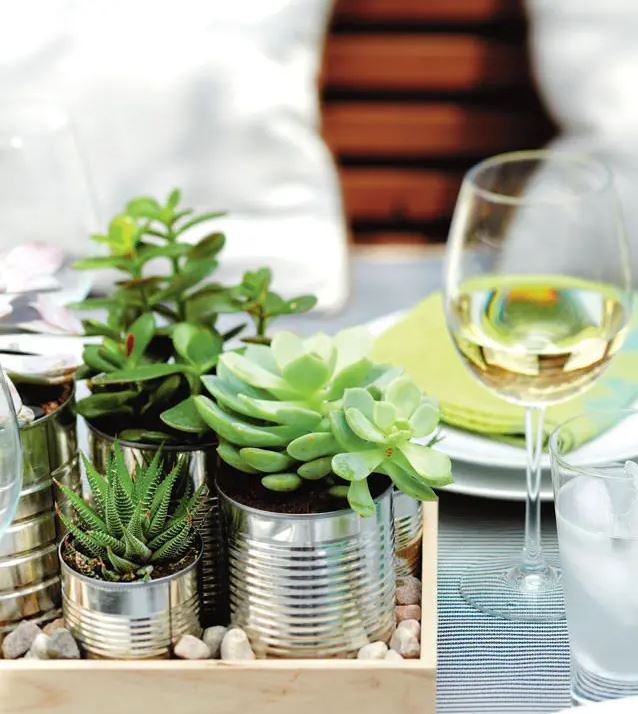
Designing your centerpiece around plants is a great way to foster a biophilic aesthetic in your home. Especially with succulents, you can add greenery to your home in a stress-free way. These plants are low-irrigation, making them super easy to care for. Add a few upcycled tin cans, a tray filled with decorative rocks, and you’re all set.
The Leafy Greens
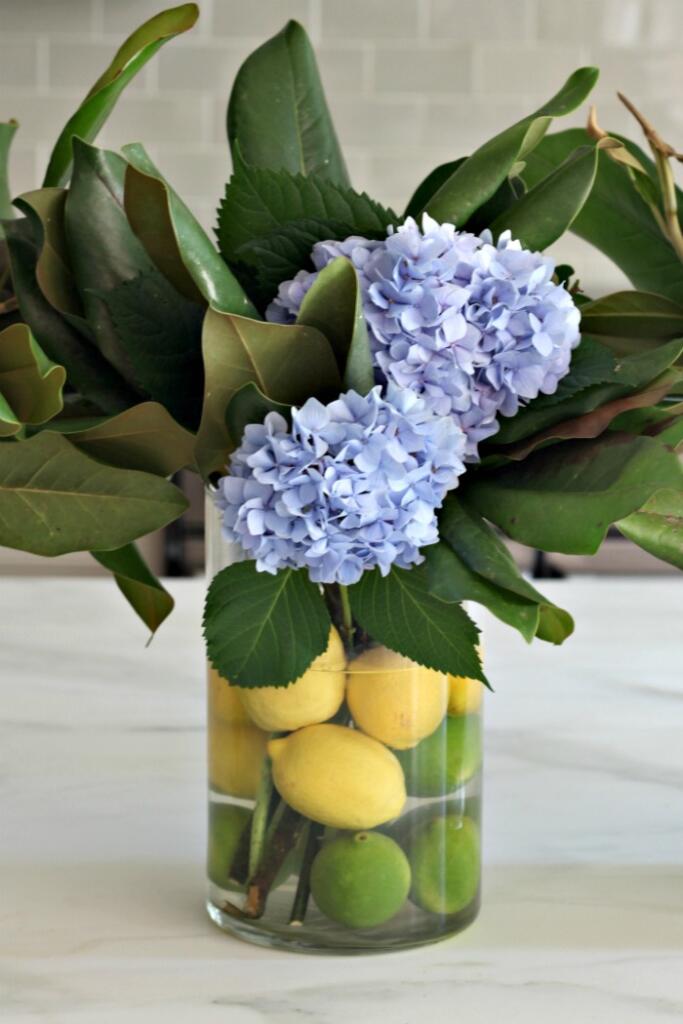
To create a nature-based centerpiece, you don’t need to look further than your own backyard. Using various clippings of leaves from your lakeside property, you can create a beautiful centerpiece that evokes a natural aesthetic. Quick to assemble, you can replace your foliage every so often with new hand-picked plants. For an extra unique flair, try adding some lemons and limes to the base of the vase. It’s also a great opportunity to dig in your craft basket for a beautiful ribbon to wrap around the vase.
The Candle Corner
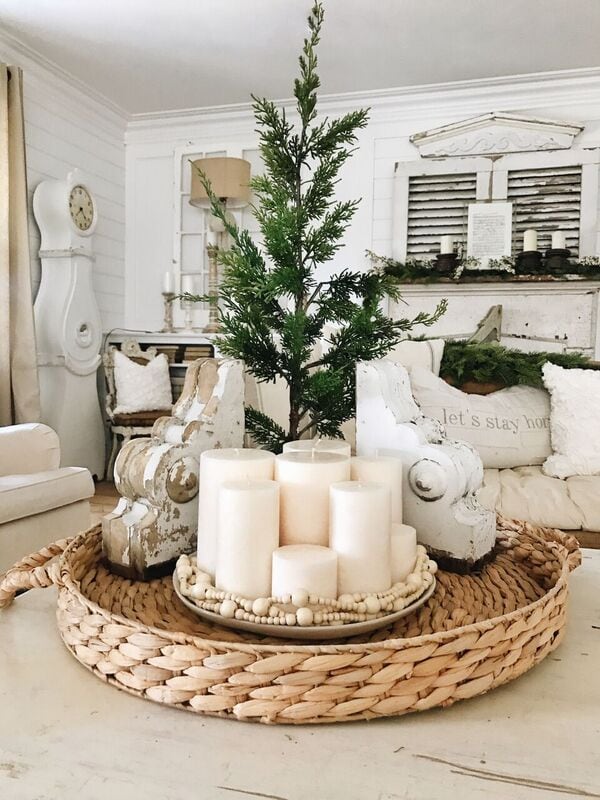
Nothing evokes a sense of warmness, comfort, and overall hygge quite like a collection of candles. Rather than arranging candles sporadically in various corners of your house, try compiling them to create an elegant centerpiece for your table. This DIY idea from Liz Marie’s blog features a pottery tray with wood bead garland, topped with nine pillar candles of varying heights. The combination of various materials such as wood figures, a ceramic plate, and a woven tray table creates a dynamic look.
The Fruity and Delicious
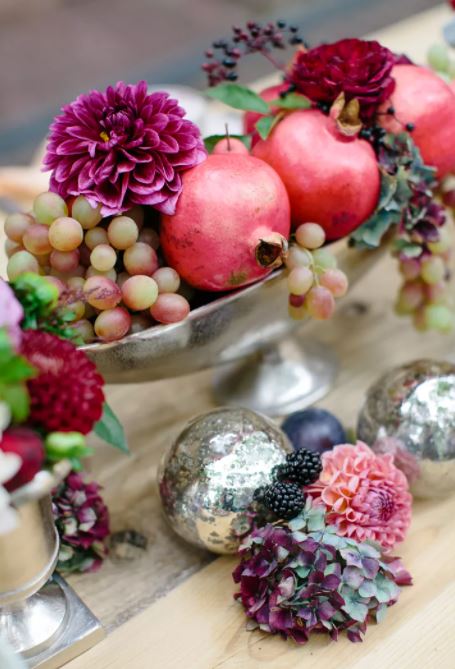
Don’t underestimate the decorative power of that fruit bowl sitting in your kitchen. With the right amount of creative touch, fruit bowls can make lovely tabletop centerpieces. For a pristine look, get a smooth, white, or silver bowl with a wide base. Then, pair jewel-toned fruits with a variety of sizes but with similar coloring. For example, plums and pomegranates complement each other well, with their dark reddish shades. For a more interesting look, you can also pair it with florals from your garden.
The “I Want Candy”
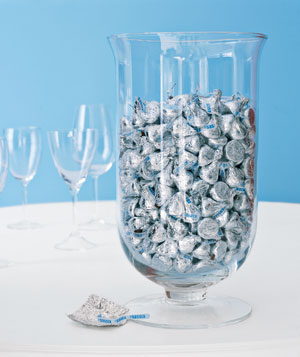
Want to create a good-looking centerpiece with a whimsical touch? Try filling a glass jar with Hershey’s Kisses wrapped in silver. While unconventional, this idea creates a fun and inviting atmosphere, and the silver wrappers create a cohesive, shiny look that goes with any lake house aesthetic. The best part? Your guests will always have a sweet treat to munch on.
Of course, these are just a few ideas. When it comes to creating your own centerpieces, the options are endless. Use whatever materials are at your fingertips — greenery, used mason jars, fruit, flowers, craft paper — and get creative! Your interior design style is personal, and it’s all about cultivating the right look for you!

